David Lawrence
Novartis Pharma AG, Basel, Switzerland
eLog analysis for accelerators: status and future outlook
Jun 15, 2025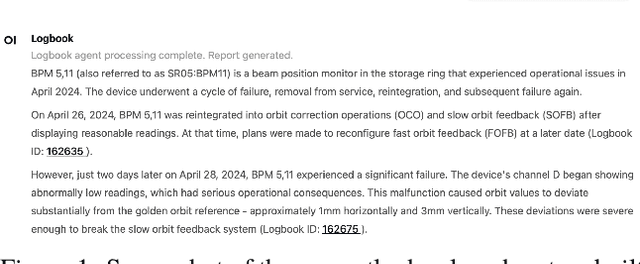
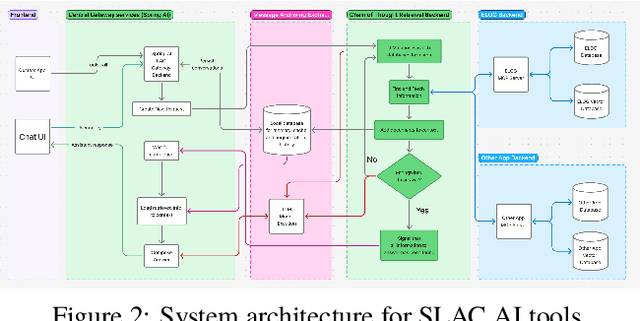
Abstract:This work demonstrates electronic logbook (eLog) systems leveraging modern AI-driven information retrieval capabilities at the accelerator facilities of Fermilab, Jefferson Lab, Lawrence Berkeley National Laboratory (LBNL), SLAC National Accelerator Laboratory. We evaluate contemporary tools and methodologies for information retrieval with Retrieval Augmented Generation (RAGs), focusing on operational insights and integration with existing accelerator control systems. The study addresses challenges and proposes solutions for state-of-the-art eLog analysis through practical implementations, demonstrating applications and limitations. We present a framework for enhancing accelerator facility operations through improved information accessibility and knowledge management, which could potentially lead to more efficient operations.
Hydra: Computer Vision for Data Quality Monitoring
Mar 01, 2024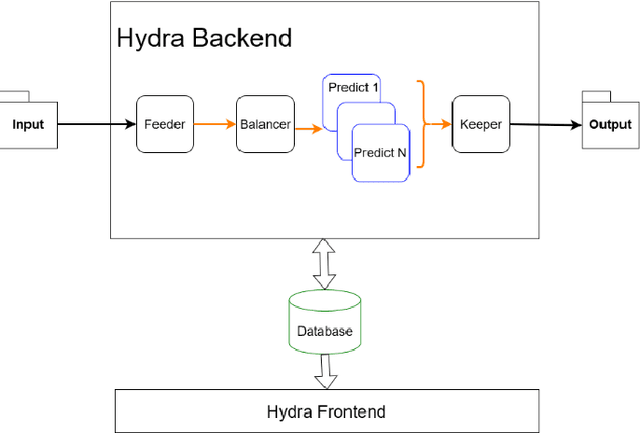
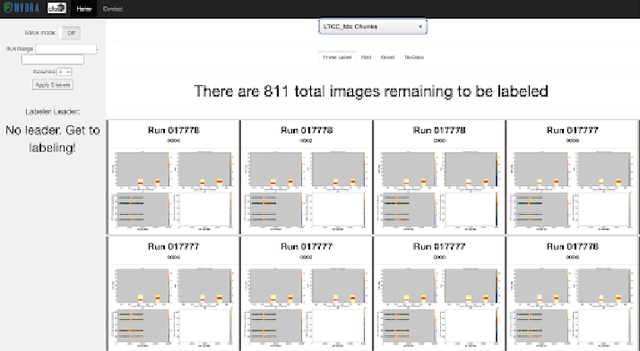
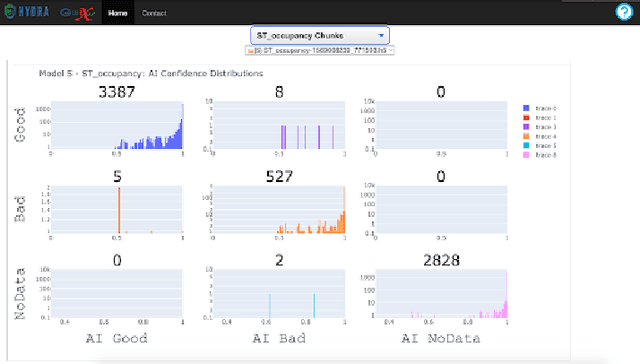
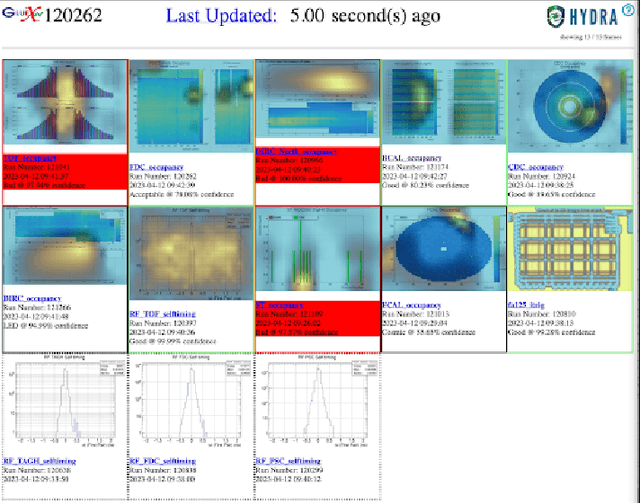
Abstract:Hydra is a system which utilizes computer vision to perform near real time data quality management, initially developed for Hall-D in 2019. Since then, it has been deployed across all experimental halls at Jefferson Lab, with the CLAS12 collaboration in Hall-B being the first outside of GlueX to fully utilize Hydra. The system comprises back end processes that manage the models, their inferences, and the data flow. The front-end components, accessible via web pages, allow detector experts and shift crews to view and interact with the system. This talk will give an overview of the Hydra system as well as highlight significant developments in Hydra's feature set, acute challenges with operating Hydra in all halls, and lessons learned along the way.
AgAsk: An Agent to Help Answer Farmer's Questions From Scientific Documents
Dec 21, 2022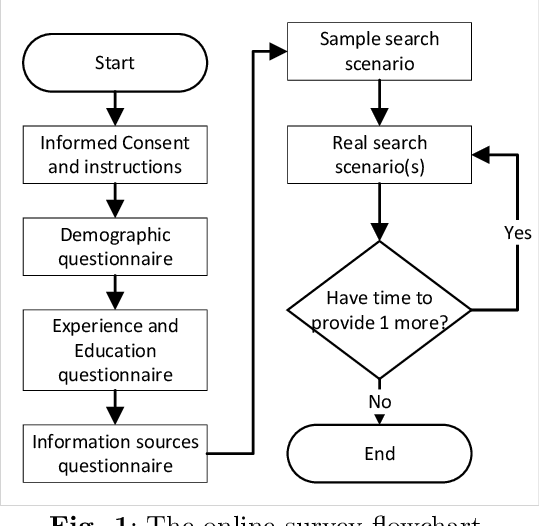
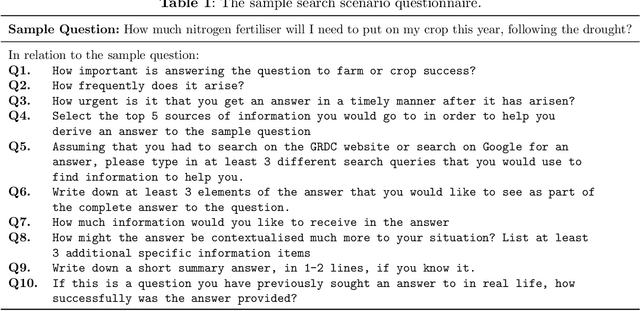
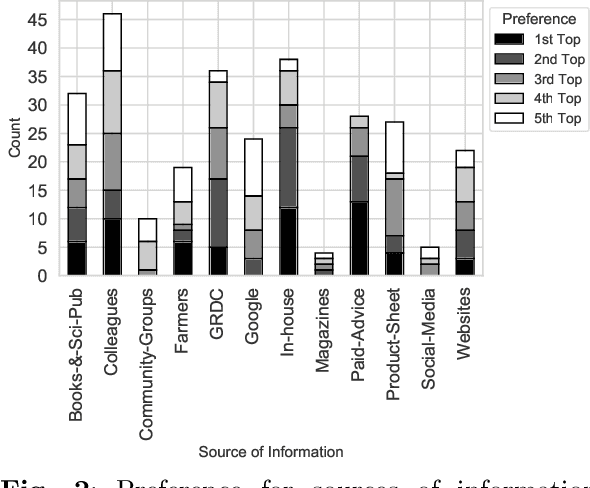
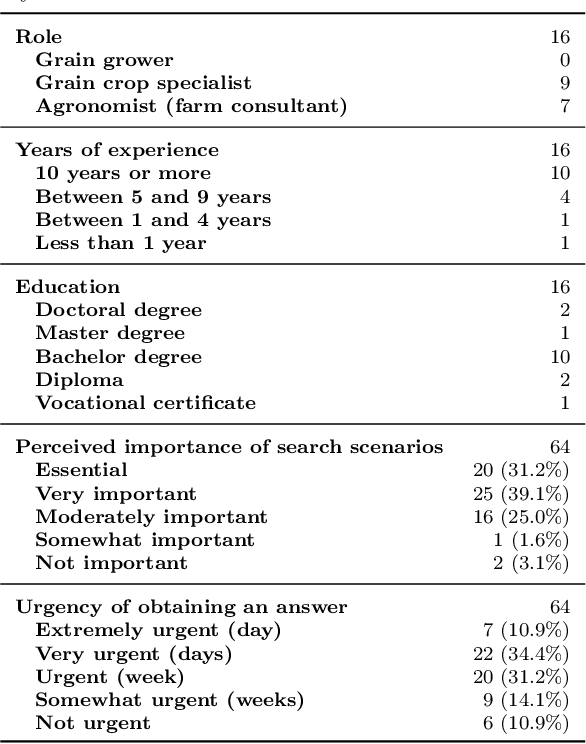
Abstract:Decisions in agriculture are increasingly data-driven; however, valuable agricultural knowledge is often locked away in free-text reports, manuals and journal articles. Specialised search systems are needed that can mine agricultural information to provide relevant answers to users' questions. This paper presents AgAsk -- an agent able to answer natural language agriculture questions by mining scientific documents. We carefully survey and analyse farmers' information needs. On the basis of these needs we release an information retrieval test collection comprising real questions, a large collection of scientific documents split in passages, and ground truth relevance assessments indicating which passages are relevant to each question. We implement and evaluate a number of information retrieval models to answer farmers questions, including two state-of-the-art neural ranking models. We show that neural rankers are highly effective at matching passages to questions in this context. Finally, we propose a deployment architecture for AgAsk that includes a client based on the Telegram messaging platform and retrieval model deployed on commodity hardware. The test collection we provide is intended to stimulate more research in methods to match natural language to answers in scientific documents. While the retrieval models were evaluated in the agriculture domain, they are generalisable and of interest to others working on similar problems. The test collection is available at: \url{https://github.com/ielab/agvaluate}.
Eliciting judgements about dependent quantities of interest: The SHELF extension and copula methods illustrated using an asthma case study
Feb 15, 2021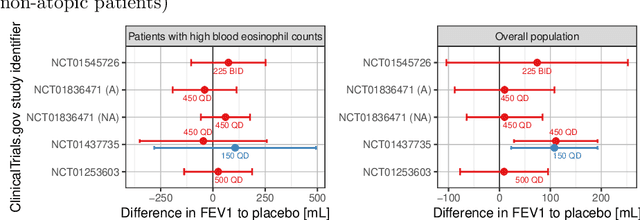

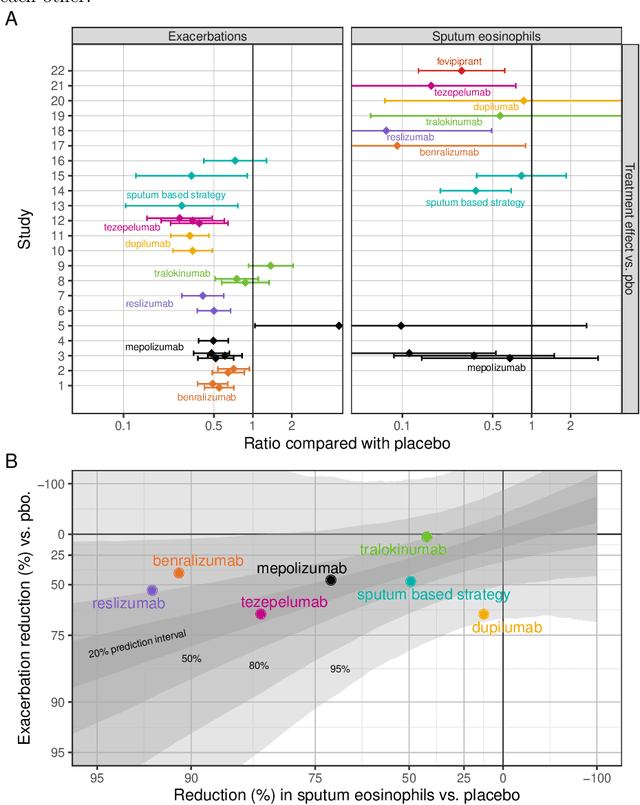
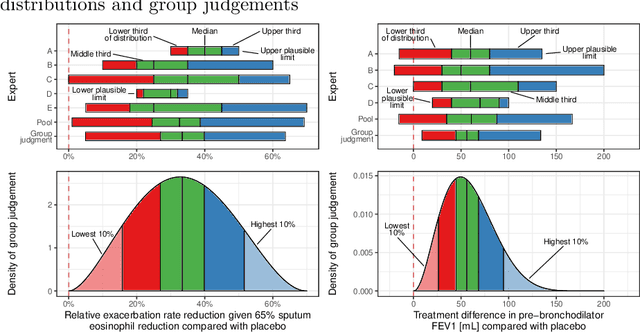
Abstract:Pharmaceutical companies regularly need to make decisions about drug development programs based on the limited knowledge from early stage clinical trials. In this situation, eliciting the judgements of experts is an attractive approach for synthesising evidence on the unknown quantities of interest. When calculating the probability of success for a drug development program, multiple quantities of interest - such as the effect of a drug on different endpoints - should not be treated as unrelated. We discuss two approaches for establishing a multivariate distribution for several related quantities within the SHeffield ELicitation Framework (SHELF). The first approach elicits experts' judgements about a quantity of interest conditional on knowledge about another one. For the second approach, we first elicit marginal distributions for each quantity of interest. Then, for each pair of quantities, we elicit the concordance probability that both lie on the same side of their respective elicited medians. This allows us to specify a copula to obtain the joint distribution of the quantities of interest. We show how these approaches were used in an elicitation workshop that was performed to assess the probability of success of the registrational program of an asthma drug. The judgements of the experts, which were obtained prior to completion of the pivotal studies, were well aligned with the final trial results.
StarCraft II: A New Challenge for Reinforcement Learning
Aug 16, 2017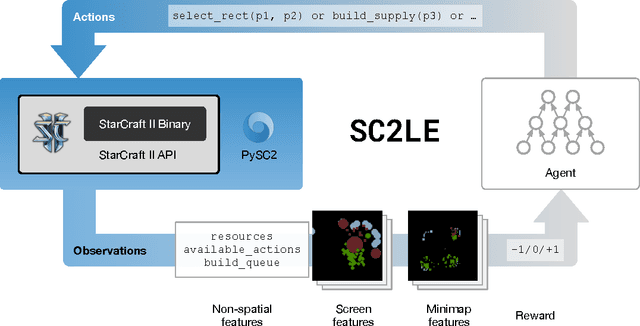
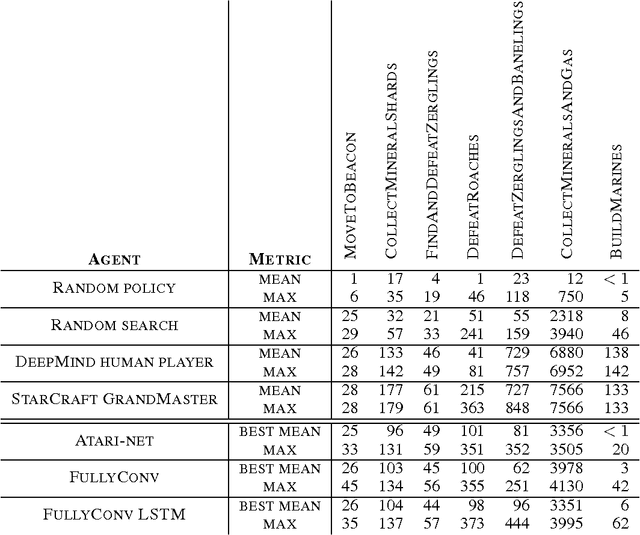
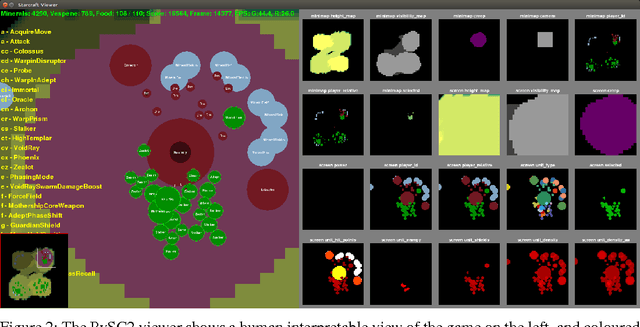

Abstract:This paper introduces SC2LE (StarCraft II Learning Environment), a reinforcement learning environment based on the StarCraft II game. This domain poses a new grand challenge for reinforcement learning, representing a more difficult class of problems than considered in most prior work. It is a multi-agent problem with multiple players interacting; there is imperfect information due to a partially observed map; it has a large action space involving the selection and control of hundreds of units; it has a large state space that must be observed solely from raw input feature planes; and it has delayed credit assignment requiring long-term strategies over thousands of steps. We describe the observation, action, and reward specification for the StarCraft II domain and provide an open source Python-based interface for communicating with the game engine. In addition to the main game maps, we provide a suite of mini-games focusing on different elements of StarCraft II gameplay. For the main game maps, we also provide an accompanying dataset of game replay data from human expert players. We give initial baseline results for neural networks trained from this data to predict game outcomes and player actions. Finally, we present initial baseline results for canonical deep reinforcement learning agents applied to the StarCraft II domain. On the mini-games, these agents learn to achieve a level of play that is comparable to a novice player. However, when trained on the main game, these agents are unable to make significant progress. Thus, SC2LE offers a new and challenging environment for exploring deep reinforcement learning algorithms and architectures.
 Add to Chrome
Add to Chrome Add to Firefox
Add to Firefox Add to Edge
Add to Edge